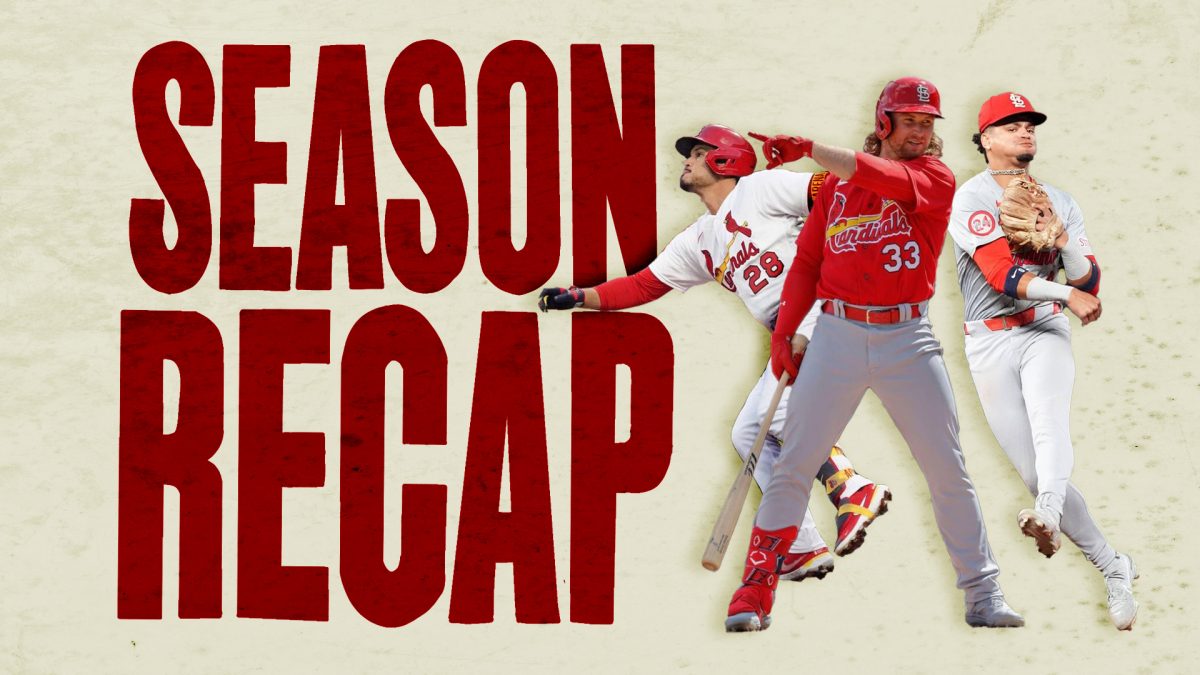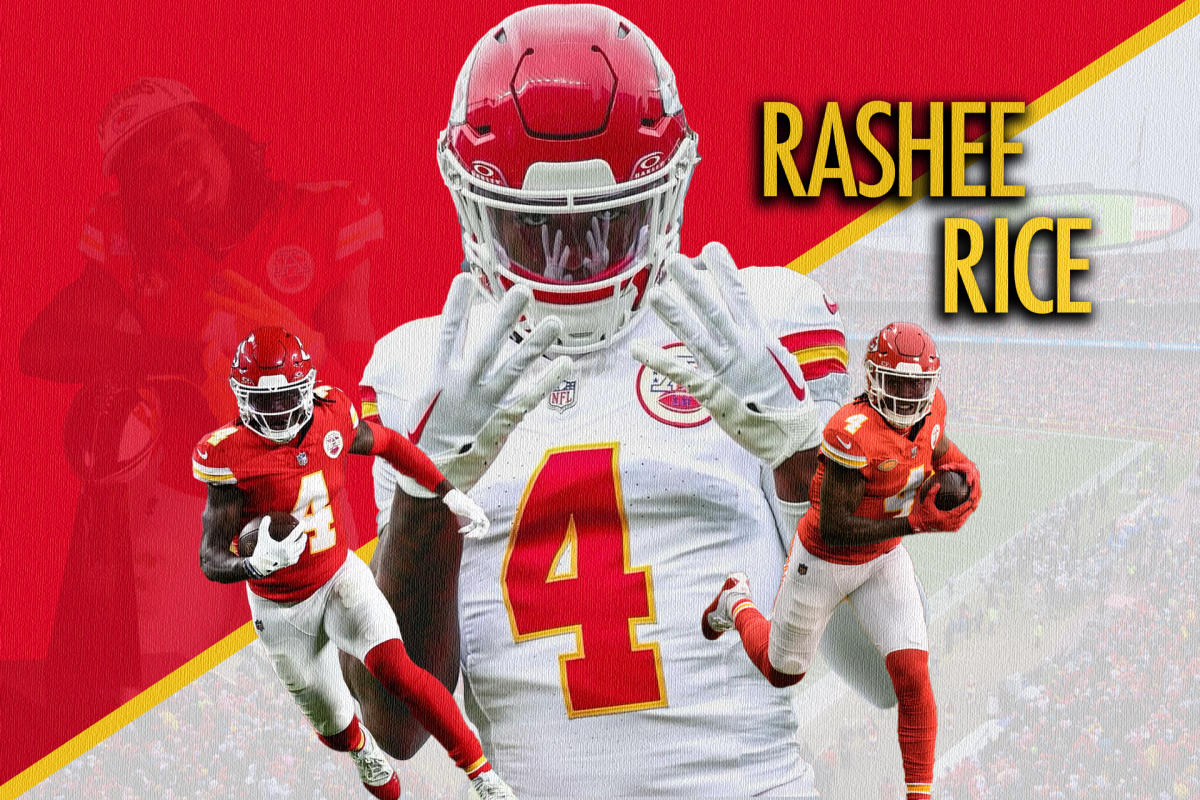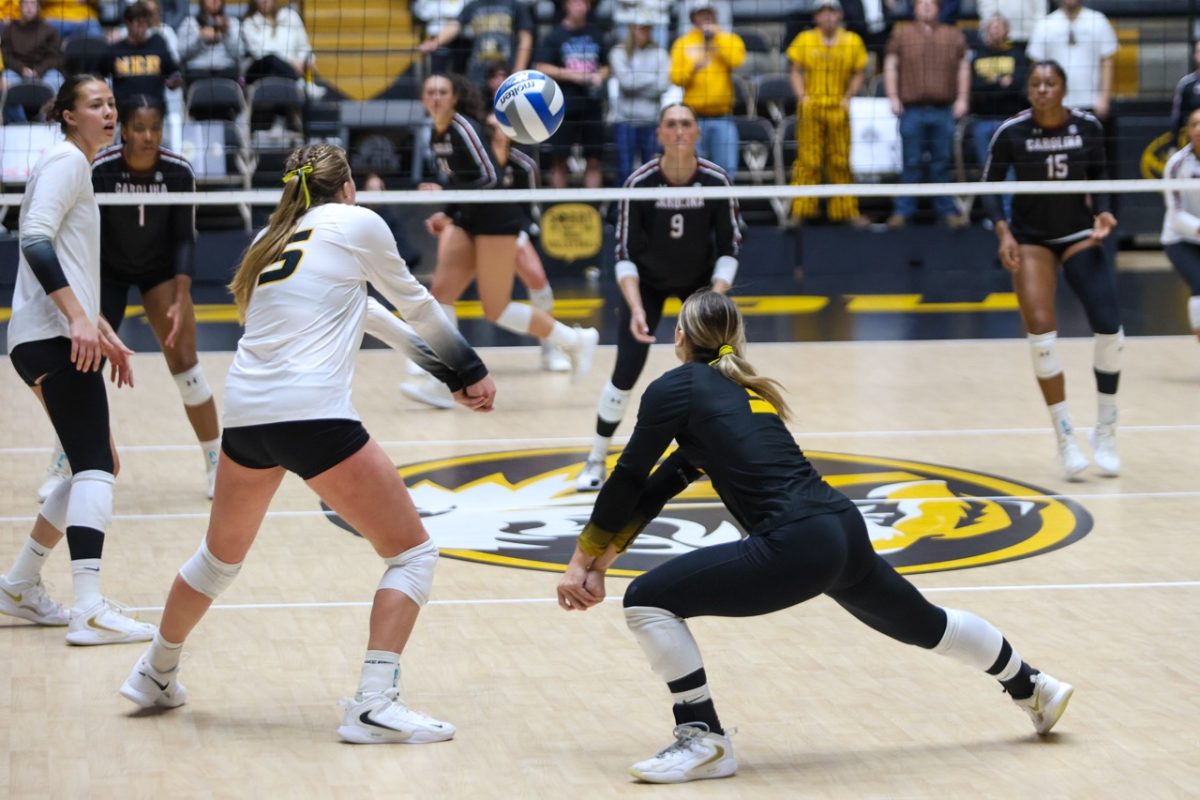There may still be snow on the ground, but spring is right around the corner, and baseball season is finally upon us. In sunnier locales, players and managers are, like the weather, warming up for the long season ahead.
But this season’s prelude has a different kind of feel to it. Baseball is in a state of flux, and there’s a great deal of change on the horizon. In a way, baseball is entering its second puberty.
America’s love affair with its oldest and greatest pastime has become just that: old and not so great. Baseball has grown into an awkward, disinteresting version of what it once was, and it’s unclear exactly how it will change going forward.
The innocent fun of the steroid era is slowly disappearing through the rearview mirror. The stars of that time have each had their turn being dragged through the mud and have, for the most part, been largely ignored or forgotten.
Now that there is nowhere to hide, the blotchy, greasy reality of Major League Baseball has been fully exposed, and it’s time to change.
Major League Baseball is beginning what will be a radical new transformation in 2015. The league will welcome in a new commissioner (Rob Manfred), say goodbye to one of its all-time greats (Derek Jeter) and resume the shaming of its biggest villain (Alex Rodriguez).
But perhaps the paramount (and most overlooked) change in store for Major League Baseball this April is a handful of small, procedural alterations. Six new rules intended to cure baseball’s biggest perceived illness: pace of play.
Baseball has the richest tradition of any major professional sport, so its resistance to change is understandable, but it’s gone too far. Pace of play is at an all-time high with the average game lasting three hours and five minutes in 2013 and 2014, and it’s starting to get ridiculous.
There’s more time spent in a baseball game in between plays than actual game action. On a beautiful mid-summer day, I’d rather not spend my afternoon watching the grounds crew on TV. And even if you were to dedicate a three-hour block to watching a game, it will not keep your undivided attention.
Major League Baseball is doing its best to fix that problem, but some of these proposed changes just aren’t real solutions. One rule states that each team has exactly two minutes and five seconds in between innings to get set up and resume play. If the batter fails to do so in a timely manner, he’ll be given a strike by the umpire. Conversely, if a pitcher hasn’t thrown a pitch by that time, he will be assessed a ball to start the at bat.
Among the other changes for this season, batters are not allowed to step out of the box during an at bat and managers are no longer allowed to leave the dugout to challenge a call on the field.
In theory, that all sounds great. But the two biggest complaints about baseball are that it is slow and boring. Having a manager buzz in a challenge on a beeper to the umpire isn’t fun or exciting.
That saves what, a few seconds every couple of games? That’s not a real impact. Congratulations if you shave off a few minutes of game time, but people still don’t want to waste three hours watching a 2-1 ballgame.
What may have been popular 100 years ago isn’t popular today. That’s because the world is changing and baseball has to change with it. A few small, gimmicky changes aren’t the future of the sport. The sooner the MLB realizes that, the better.
There are only two ways to fix baseball: either shorten the season or shorten the games. One hundred and sixty-two games with nine-plus innings is far too much to hold the attention of the sports world. But until Manfred and Major League Baseball can see that, the sport will remain in its moody, teenage state and people will continue to stay away.












